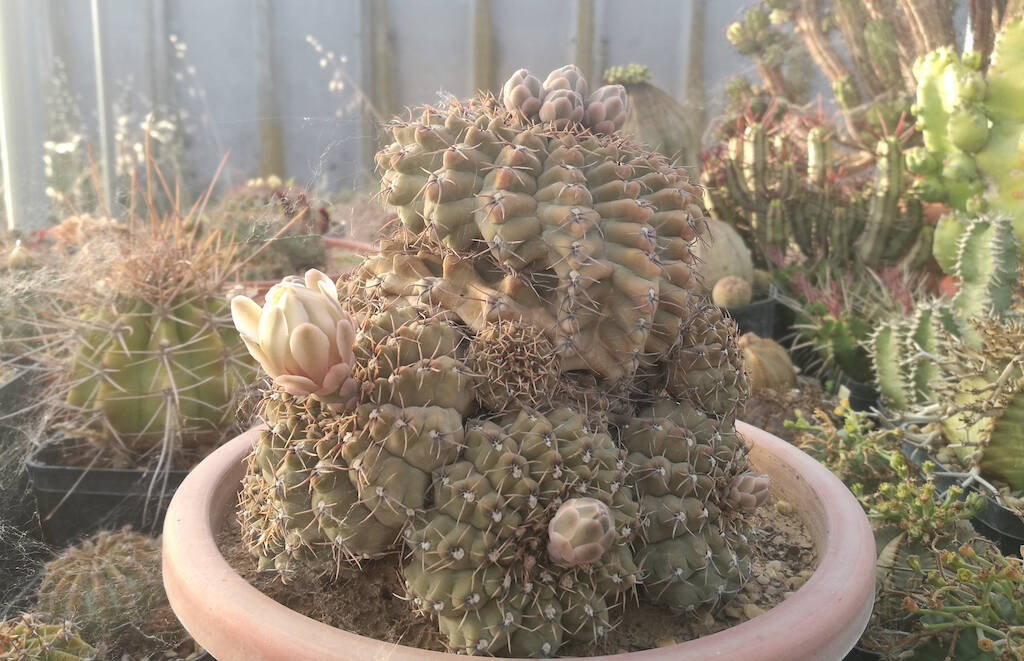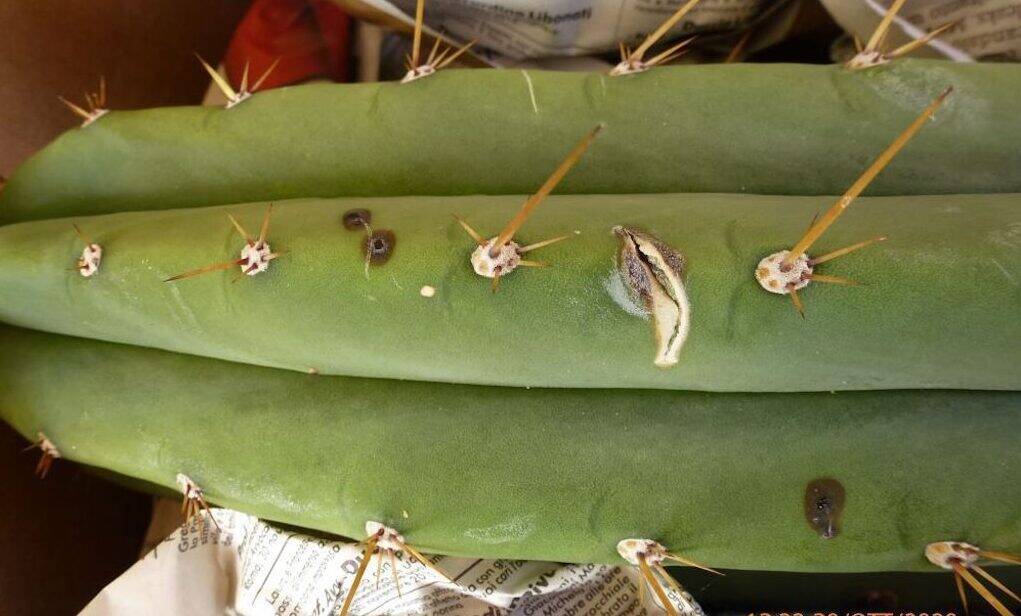Let’s talk about cactus pups o cactus suckers. Some call them “branches”, others call them “new heads”. Some, more prosaically, call them “children” of the mother plant or “pups”. In all cases, they are new “protuberances” that sprout around the body of the main plant.
In cacti, as well as in agaves, this is a common phenomenon, and in some species, it never happens, in others it very easily happens, even with young plants. Attention: we are not talking about true seedlings born under the stem of the mother plant from seeds that have fallen from the latter, but about authentic new bodies that are attached to the main stem and sprout from the latter, and then grow steadily in size. The correct term is “suckers”, and anyone who grows cacti or has looked at this plant family in a nursery or botanical garden will have seen one or more suckers. Why do cacti produce suckers or pups, which genera are more likely to suck and are less so? And again, the most frequently asked question: is it true that pups steal energy from the mother plant and reduce flowering? Can the suckers themselves blossom? Another frequently asked question: is it better to leave them attached to the mother plant or remove them? Can they be used as cuttings to obtain new plants identical to the mother plant, and in the event of disease of the latter, can they be detached to save it and reproduce it? In other words, how to propagate cactus pups?
In this article, we take a closer look at the subject and answer all these questions (…).




